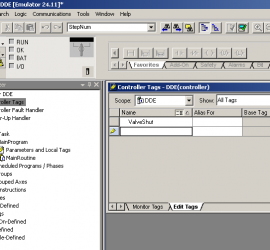Calculating PID in BASIC
Introduction to Calculating PID in BASIC In this section, we’ll be Calculating PID in BASIC to find the values for Proportional, Integral, and Derivative. BASIC is a very common programming language that has been around since the 70’s. This code should run on most computers with basic installed. Particularly, I’m Read More »










